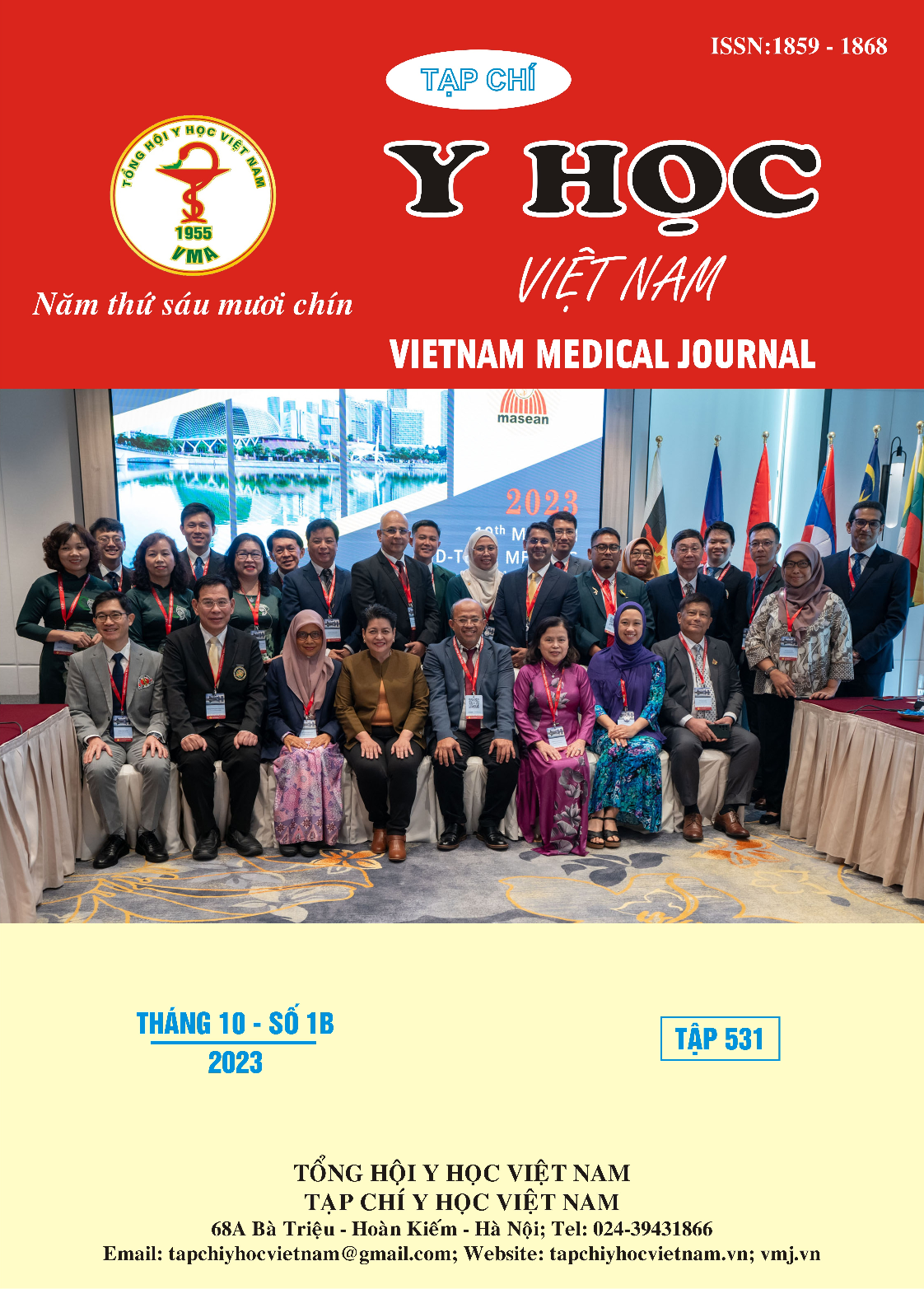ANKLE-FOOT ORTHOSIS MADE BY 3D PRINTING TECHNOLOGY
Main Article Content
Abstract
Background: The ankle-foot orthosis (AFO) plays a crucial role in rehabilitation for patients. However, the traditional manufacturing methods for AFO braces in Vietnam currently does not meet the requirements for quality and time for treatment . The manual process is complex and heavily reliant on the skills of orthopeadic technician, resulting in products that often require multiple adjustments and are not suitable for patients. AFO made by 3D Printing Technology procedure: This article describes the process of manufacturing AFO braces using 3D printing technology, which includes gathering patient anatomical data through 3D scanning, creating a digital model of the patient's anatomy, designing the AFO brace on a computer, 3D printing the brace, and quality testing. The production time has been reduced to 12 hours, and each brace is customized to fit individual patients. Results: The 3D-printed AFO have been tested on 30 patients and have improved their mobility. Patients have reported that the product is comfortable, properly sized, and does not cause discomfort or negative effects on their skin. Conclusion: The combination of 3D scanning and 3D design in the AFO manufacturing process has overcome the limitations of traditional methods. This improvement has led to reduced production time, higher product quality, and increased comfort for patients, while also paving the way for further technological advancements in this field.
Article Details
Keywords
Technology process, 3D Printing Technology, Ankle-Foot Orthosis (AFO).
References
2. Harish Kumar Banga, Parveen Kalra, Rajendra M Belokar, Rajesh Kumar (2020) Effect of 3D-printed ankle foot orthosis during walking of foot deformities patients. Recent Advances in Mechanical Engineering: Select Proceedings of NCAME 2019. Springer.
3. Andrew JG Churchill, Peter W Halligan, Derick T Wade (2003) "Relative contribution of footwear to the efficacy of ankle-foot orthoses". Clinical rehabilitation, 17 (5), 553-557.
4. Manabu Iwata, Izumi Kondo, Yoshihiro Sato, Kei Satoh, Masashi Soma, Eiki Tsushima (2003) "An ankle-foot orthosis with inhibitor bar: effect on hemiplegic gait". Archives of physical medicine and rehabilitation, 84 (6), 924-927.
5. Constantinos Mavroidis, Richard G Ranky, Mark L Sivak, Benjamin L Patritti, Joseph DiPisa, Alyssa Caddle, et al. (2011) "Patient specific ankle-foot orthoses using rapid prototyping". Journal of neuroengineering and rehabilitation, 8 (1), 1-11.
6. Yong Ho Cha, Keun Ho Lee, Hong Jong Ryu, Il Won Joo, Anna Seo, Dong-Hyeon Kim, et al. (2017) "Ankle-foot orthosis made by 3D printing technique and automated design software". Applied bionics and biomechanics, 2017
7. Engin Cakar, O Durmus, L Tekin, U Dincer, MZ Kiralp (2010) "The ankle-foot orthosis improves balance and reduces fall risk of chronic spastic hemiparetic patients". Eur J Phys Rehabil Med, 46 (3), 363-368.
8. Harish Kumar Banga, Parveen Kalra, RM Belokar, Rajesh Kumar (2020) "Improvement of human gait in foot deformities patients by 3D printed ankle–foot orthosis". 3D Printing in Biomedical Engineering, 269-288.
9. Elizabeth Wojciechowski, Angela Y Chang, Daniel Balassone, Jacqueline Ford, Tegan L Cheng, David Little, et al. (2019) "Feasibility of designing, manufacturing and delivering 3D printed ankle-foot orthoses: a systematic review". Journal of foot and ankle research, 12 (1), 1-12.


